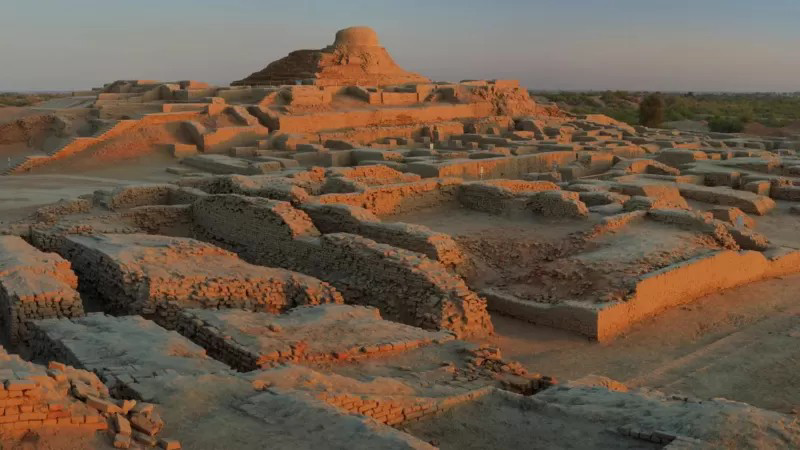QIn the plains of Pakistan's dusty southern province of Sindh lie some of the most astonishing ruins of an ancient civilization most of the world has never heard of. When the atmosphere in this ancient city and the world was examined, light breezes reduced the intensity of the heat. People could see the climbing paths and kanji through the red bricks, which came to connect the web of different neighborhoods.
An ancient round Buddhist dome stood in decay beneath a stepped bathing pool. There are only a few people here.
Among the ruins of the city of Larkana, an hour's drive from the main city was the ancient city called Moen Jo Daro. Today the famous ruins of the city remain, 4,500 years ago it was not only one of the oldest economies in the world but a thriving region with the most advanced military infrastructure for its time.
Moin-jo-Daro, meaning 'dead mound' in Sindhi, was the largest bronze of a mine-prosperous Indus Valley Civilization (also known as the Hara Civilization) in the northeast-central. Looked forward from Afghanistan to northwestern India.
Believed to have been inhabited by at least 40,000 people, the city flourished from 2500 BC to 1700 BC.
Irshad Ali Solangi is a local guide working in Moen
Jo Daru is from his family's lineage. "It was a social center with social, cultural, economic, and religious links with Mesopotamia and Egypt," explained Solangi.
But compared to ancient Mesopotamia and ancient Egypt, which flourished simultaneously, Moen Jo Daro's name was heard by very few outside Pakistan. It was destroyed by 1700 BC, and to this day no one is quite sure why the city's inhabitants moved or left










No comments:
Post a Comment